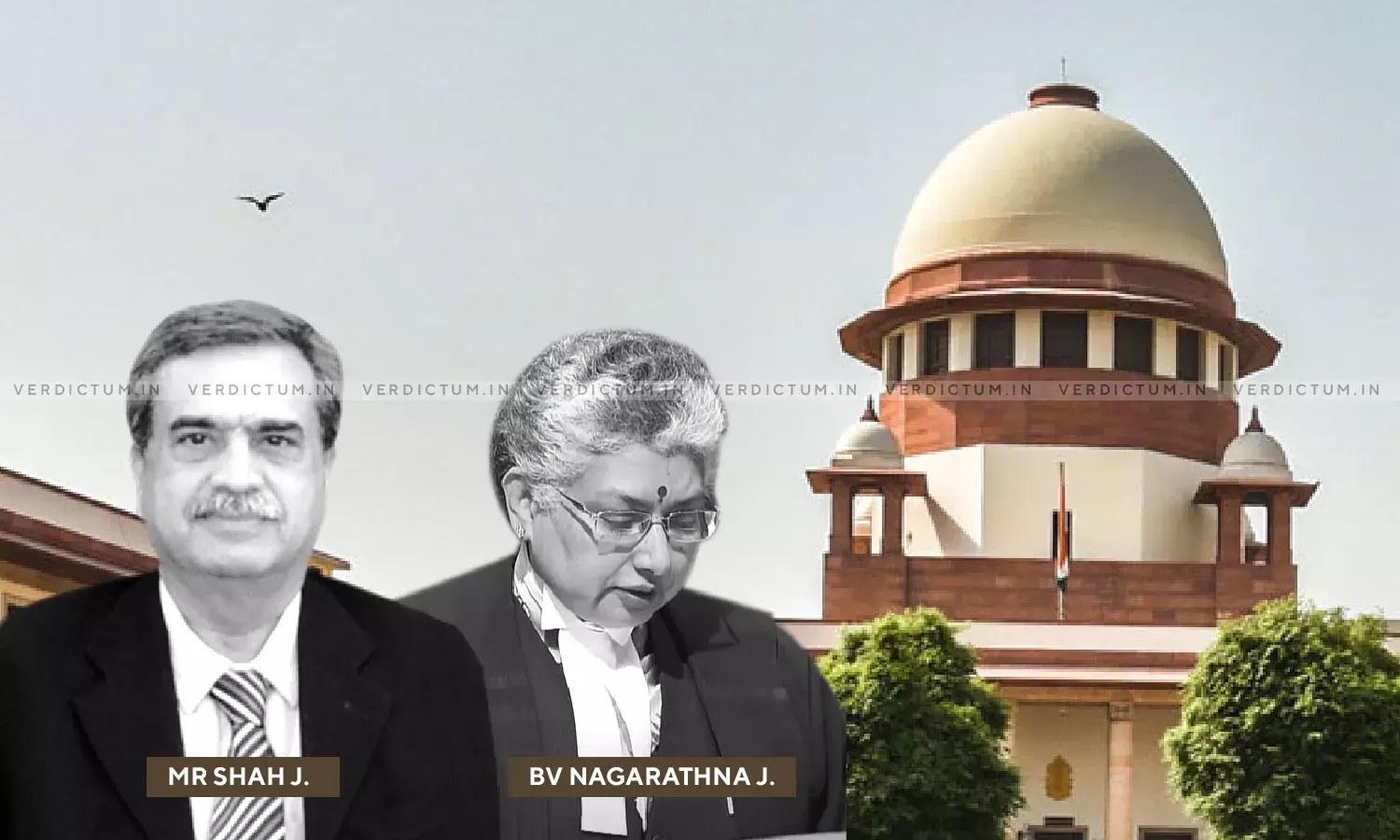Land Acquisition - Future Use Of Acquired Land Cannot Be Main Criteria To Determine Compensation – Supreme Court
A two-judge Bench of Justice MR Shah and Justice BV Nagarathna has held that the future use of the acquired land cannot be the main criteria to determine the compensation for the lands acquired.
The Court also held that while determining the compensation, the future use of the land is not the relevant consideration.
Appeals were preferred before the Supreme Court in which the land acquisition proceedings were undertaken by the State Government for the Maharashtra Industrial Development Corporation (MIDC) for the extension of an industrial estate in village Bhoyar, Taluka, and District Yavatmal.
The Special Land Acquisition Officer declared the awards and determined the quantum of compensation payable to the original claimants.
The Original Claimants made reference applications under Section 34 of Maharashtra Industrial Development Act, 1961 read with Section 18 of the Land Acquisition Act, 1894 before the Reference Court seeking enhancement of compensation. The Reference Court enhanced the amount of compensation.
Aggrieved by the judgment of the Reference Court, both the original claimants and acquiring body preferred appeals before the High Court.
The High Court partly allowed the appeal of the acquiring body and reduced the amount of compensation.
Aggrieved, the original claimants approached the Supreme Court.
The Apex Court relied on the precedent Pehlad Ram v. Haryana Urban Development Authority, (2014) 14 SCC 778 where it was held that a cumulative increase of 10 to 15% per year in the market value of the land may be accepted. Further, the Court held that in this case, instead of a 10% cumulative increase as adopted by the High Court if a 12% cumulative increase would have been adopted, it would have been just and proper and in the fitness of things.
Lands acquired for industrial use
The Court in this context noted that even for the purpose of industrial use, the corporation is required to incur the expenditure towards its development and therefore the development charges would have to be deducted while determining the compensation.
The Court also noted that in this case the development charges are not deducted. In this context, the Bench held –
"Even otherwise, the future use of the acquired land cannot be the main criteria to determine the compensation for the lands acquired."
The Court placed reliance on Subh Ram v. State of Haryana where it was held that the purpose of the acquisition is not a relevant factor. The Bench noted that the said observation may not apply in all cases and all circumstances as the general rule is that the landowner is being compensated for what he has lost and not with reference to the purpose of acquisition.
The Bench also held that the purpose of acquisition can never be a factor to increase the market value of the land that is acquired.
Different compensation for different lands acquired for the same village
The Bench in this context placed reliance on Tarlochan Singh v. State of Punjab, (1995) 2 SCC 424 where it was held that it is common knowledge that all lands in the same village may not possess the same quality and command a common market price.
While placing reliance on another precedent, the Court held that even in the same village, no two lands command the same market value.
The Bench also noted, "The lands abutting the main road or national highway would command a higher market value and as the location of the land is interior, the market value of such land would be lesser despite the quality of land being similar to the land on the main road or highway."
The Court further held that instead of a 10% cumulative increase, the High Court ought to have added a 12% increase cumulatively for about three years.
In the light of these observations, the Court partly modified the impugned judgment of the High Court and partly allowed the appeals of the original claimants. The Court held that the original claimants are entitled to compensation with all statutory benefits.




